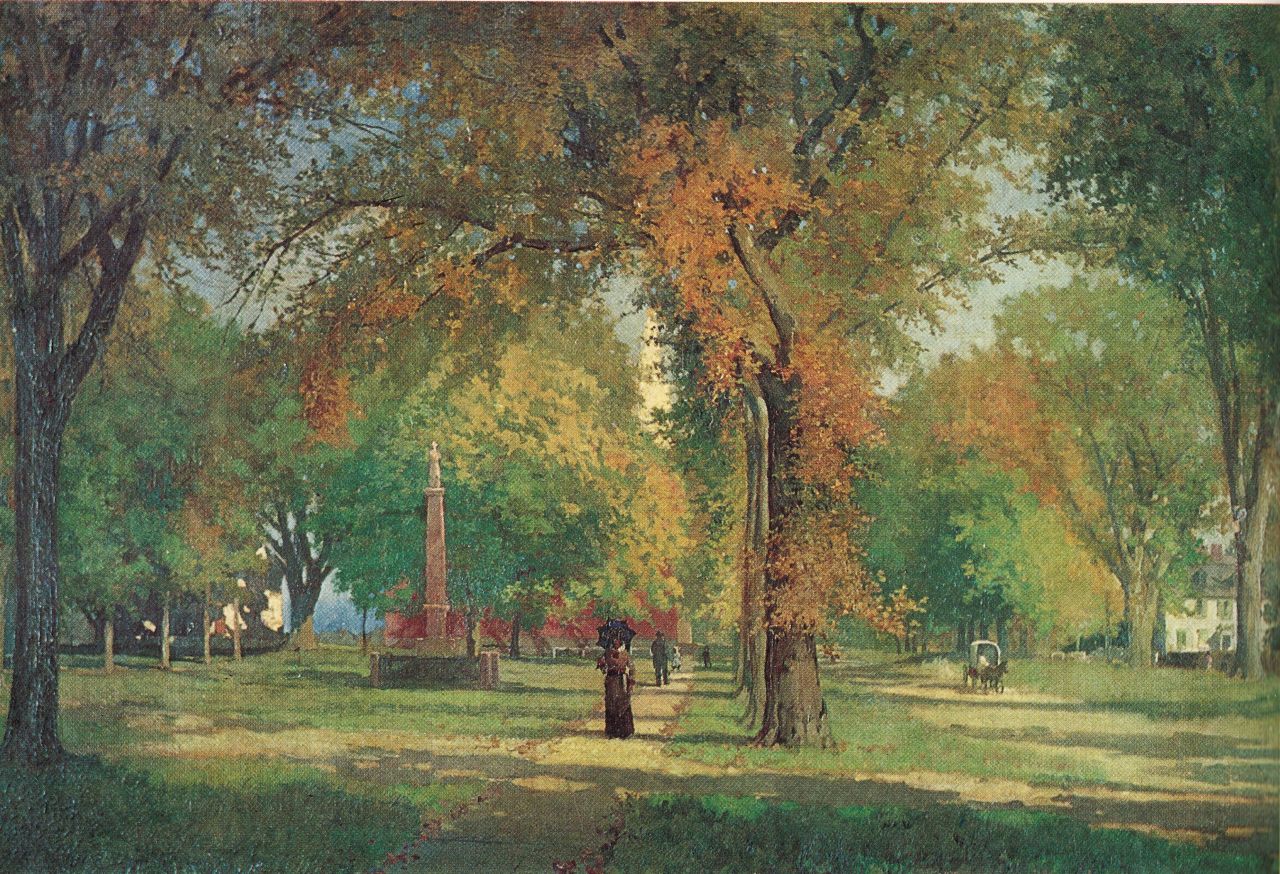Authors:
Historic Era:
Historic Theme:
Subject:
April 1966 | Volume 17, Issue 3


Authors:
Historic Era:
Historic Theme:
Subject:
April 1966 | Volume 17, Issue 3

Traffic is heavy on U.S. 5 running north from Springfield, Massachusetts, up into the vacation lands of Vermont and New Hampshire. Not far from the Vermont border the road signs say “Deerfield”- but most drivers neither stop nor slow down, for the village lies to one side, a quarter of a mile off the highway. They thereby miss one of the most fascinating of New England’s communities—rich in historic memories, with many old and wonderful houses and few modern “improvements” to mar the peaceful village atmosphere.
One potent force in keeping Deerfield much the way it was in the eighteenth century, when it was rebuilt alter the infamous Deerfield Massacre of 1704, has been Deerfield Academy, a distinguished school that has educated American boys steadily since its founding in 1797. Dr. Frank L. Boyden, Deerfield’s famous headmaster, and the trustees have long encouraged preservation of the character of the old village—something they have been able to do effectively because the academy owns and maintains a number of colonial houses which are inhabited by faculty members and other villagers. The result is that visitors to Deerfield today might easily recognize it from the views seen above.
The boys at Deerfield take a considerable interest in the historic surroundings of their school, though in general their enthusiasm, divided between scholarly matters and such natural concerns as skiing, electric guitars, and girls, is not especially remarkable. About two years ago, however, nine members of the junior class who happened to be unusually interested in the history of American culture put their heads together and decided to make better use of the rare advantages of Deerfielcl.∗ Almost immediately, they found a helpful ally in the Heritage Foundation (no connection with AMERICAN HERITAGE ), established at Deerfielcl in 1952 by Mr. and Mrs. Henry Flynt for the purpose of preserving collections of Americana in and around Old Deerfield. Mr. Joseph Peter Spang III, associate curator of the Foundation, became an advisor to the group of inquisitive boys, and they began to meet once a week to study the village’s historical collections and its colonial architecture.
∗ Christopher P. Monkhouse was the boy most active in forming the “American Studies Group,” as they called it. The others were: Russell M. Brooks, 1). Preston Goodheart, Peter A. Halstead, Osmun R. Latrobe, Robert J. McKay III, Teri N. Towe, Maurice w. willcy, Jr., and Timothy B. Wolfe.
The enterprise went well enough, but by the spring of 1964 the boys began to itch for a specific project to work on—something through which they could themselves make a contribution in the field of American studies. They had gradually become